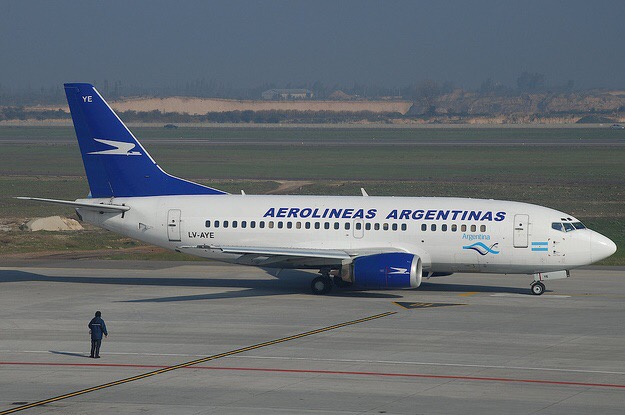
Last year was a good one for global airlines. Thanks to falling fuel prices and an increased demand for air travel, the industry earned an estimated $33 billion in 2015. Carriers around the globe earned near-record profits.
Not so in Argentina, where according to official figures state-run Aerolíneas Argentinas operated at a loss of nearly $10 million through the first eight months of the year. The airline is now expected to need financial support of around $1 billion in 2016, or roughly half of what the government spent on education in 2015.
Argentina’s President Mauricio Macri has vowed to put Aerolíneas Argentinas on a path to profitibility, promising to address the public subsidies on which Aerolíneas relies as part of a broad range of economic reforms. But turning Aerolíneas around will not be easy; structural challenges – and a long history of instability – will be difficult to overcome.
Aerolíneas Argentinas has closely followed the ups and downs of Argentina’s economy for the last several decades. Unfortunately, that has generally meant trying times. After suffering through hyperinflation in the 1980s, the airline was sold to Spanish airline Iberia, only to continue to lose money and get traded several more times before 2008. Effectively bankrupt, the administration of Cristina Fernández de Kirchner, Macri’s predecessor, renationalized Aerolíneas. The move improved operational reliability, but at the astonishing price of nearly $4 billion – enough to buy TAM, South America’s largest airline, two times over.
Read the full article on Americas Quarterly.